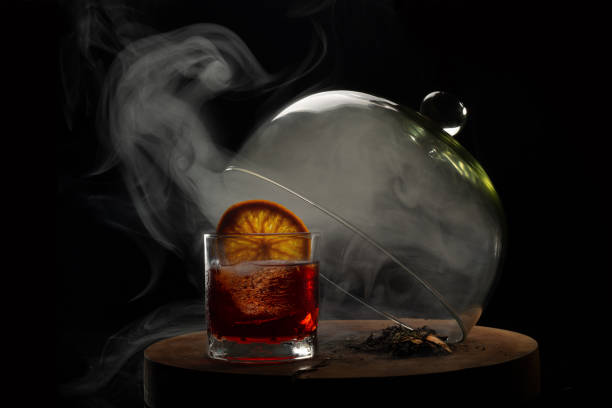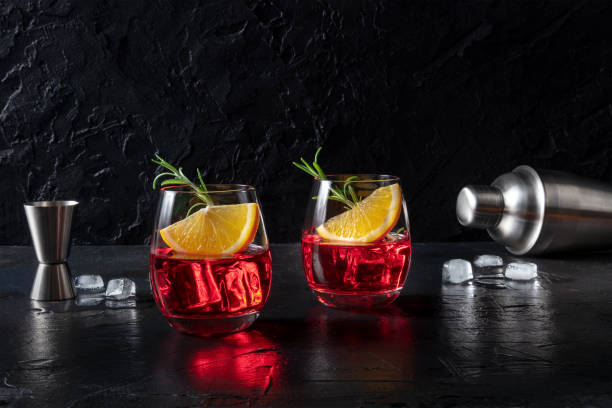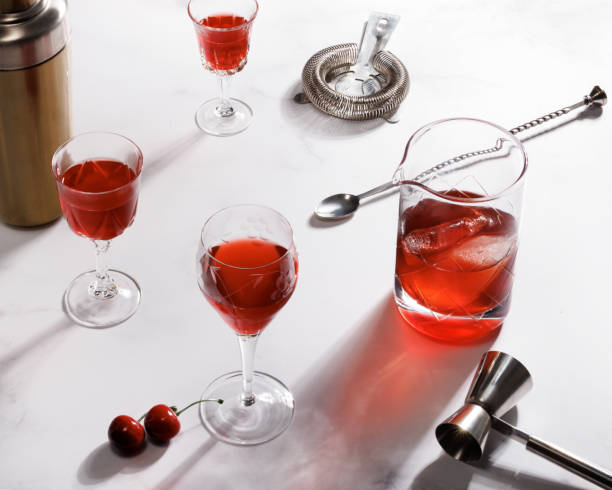All wine produced in the United States has an alcohol content that’s between 11-14% ABV (alcohol by volume). This includes table wines, dessert wines, and fortified wines – all of which are high in alcohol content, which can make it challenging to find out which fortified wines are more potent than others. Here are 10 myths about fortified wines debunked, along with explanations of how the process of fortification works and the differences between different kinds of fortified wine.
1 – Fortified wines are heavy in alcohol

While fortified wines are typically higher in alcohol content than other wines, they do not have to be. The highest proof of a fortified wine will come from adding in brandy, which can increase its proof by an average of 35%. If you’re looking for a lower-proof option and don’t mind a drier taste, consider adding in port. This fortified wine typically has around 20% alcohol per volume.
2 – All fortified wines are sweet
This is simply not true. The most common fortified wines are Port and Sherry, but there are many different styles of fortified wines from all over. Next time you go to a wine store, pick up a bottle of Madeira, for example, and see what it’s like!
3 – The fortification process adds an off taste

This is a complete myth. According to experts, fortified wines taste better because they’re aged longer and develop a richer flavor. Furthermore, they also contain lower levels of sulfites than other wines. Sulfites are what cause that off taste in wine, so it makes sense that you won’t find any in fortified wines.
4 – All fortified wines come from the same region
Fortified wines are produced around the world. Madeira, for example, is only produced in Portugal’s Madeira islands. Port is a Portuguese favorite and can only be made there. The same is true of other fortified wine destinations such as Muscatel in Hungary, Vino Santo in Italy and Sherry on Spain’s coast.
5 – All fortified wines have a high sugar content

All wine is made up of at least four key ingredients: grapes, yeast, water and sugar. It’s that fourth ingredient—the sugar—that leads many to believe that all fortified wines are high in sugar. The truth? Not necessarily. While there are sweet fortified wines on offer, some producers choose to make more complex offerings which may have little or no added sugar added during fermentation.
6 – Most people drink Dry/Semi-Dry/Sweet styles
WRONG. It’s been a long-time misconception that fortified wines are either sweet, semi-sweet or dry. In fact, these terms only apply to unfortified wines and really have no place in discussions around fortified wines.
7 – All fortified wines come from California

Myth! While Port and Sherry are associated with Portugal and Spain respectively, there are producers of fortified wines in California, South Africa, Australia and Argentina. The key to understanding who produces what is looking at alcohol levels; for example Port has a minimum level of 20% ABV (40 proof), while a Sherry may be as low as 15%. So whether you like your wine sweet or dry, there is a fortified option for you. All fortified wines come from California: Myth!
8 – There is no difference between Brandy and Port
Although many people use these words interchangeably, brandy and port are actually two different types of fortified wines. Brandy is produced from distilled wine whereas Port is made from wine that has been fortified with brandy. They have significantly different tastes and styles, but when it comes down to it both types are excellent choices for enjoying after dinner at home or savoring in a social setting with friends!
9 – You should use brandy to make cocktails.

This is one of those myths that we thought died in high school, but apparently not. Brandy is wonderful as a digestif and after dinner drink, but it’s not a good choice for cocktails. For example, you can’t make an Old Fashioned with brandy; instead of adding whiskey to apple cider, use Calvados or Armagnac.
10 – Sweetness indicates quality.
Fortified wines, such as Port and Sherry, are often sweet – which may give some consumers an assumption that these wines must be of higher quality than drier table wine. While sweeter styles of fortified wine can be rich and delicious, not all are created equal; just because a wine is sweet doesn’t mean it’s good. Seek out what you enjoy regardless of sweetness!
